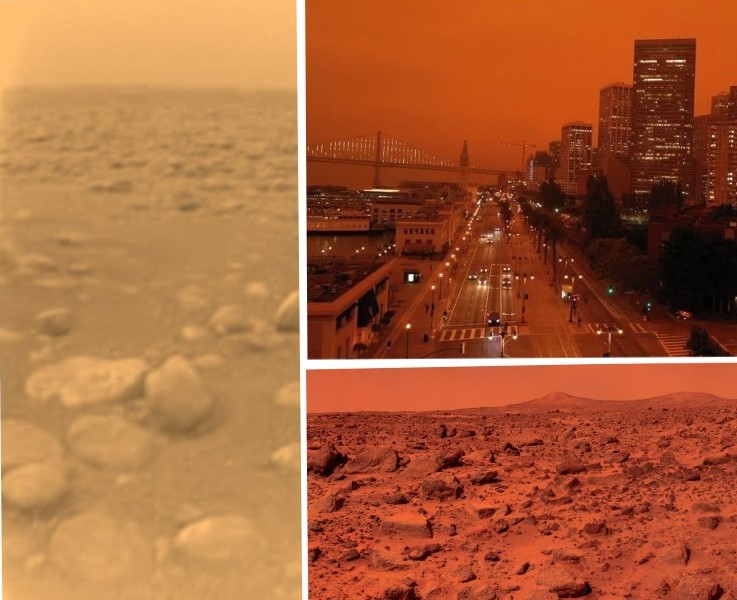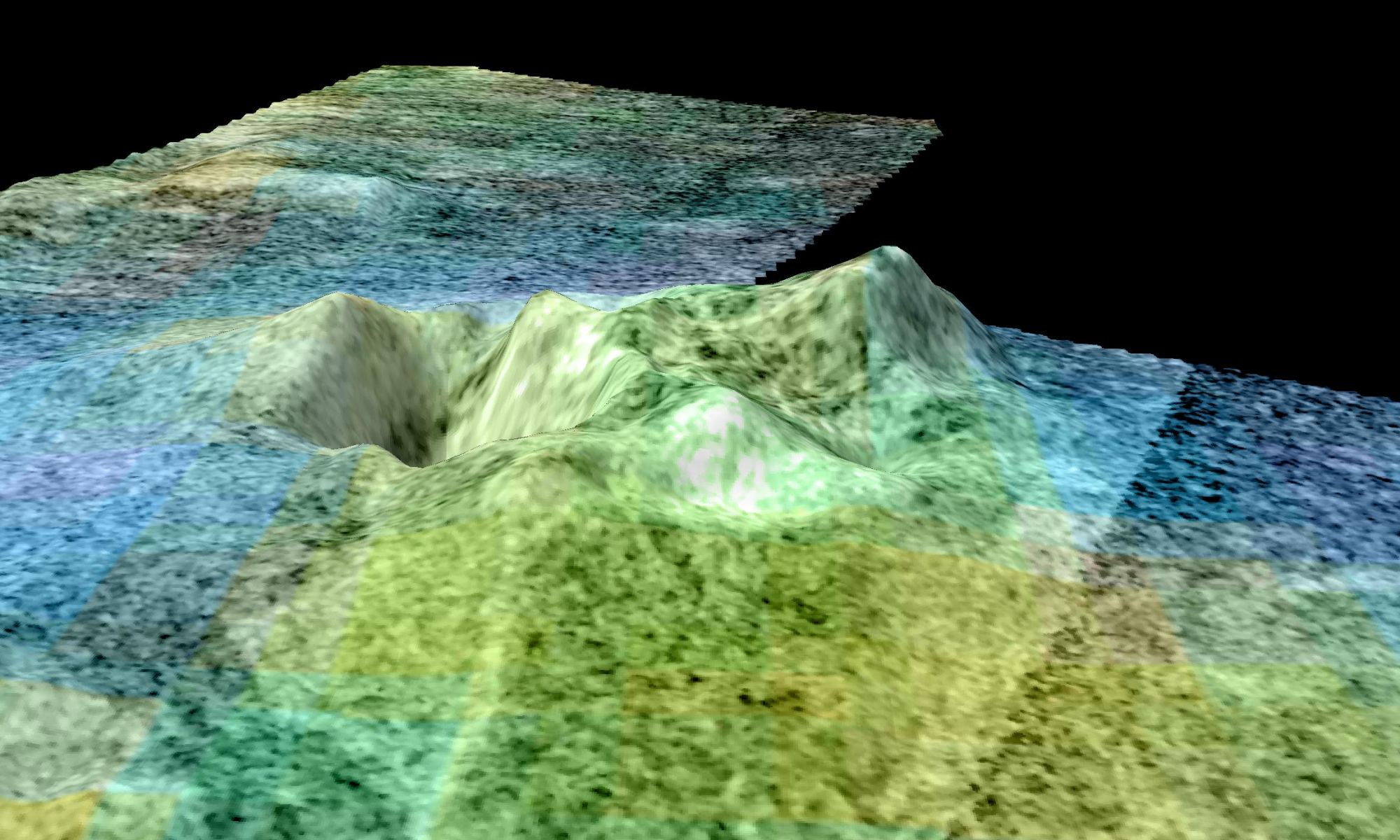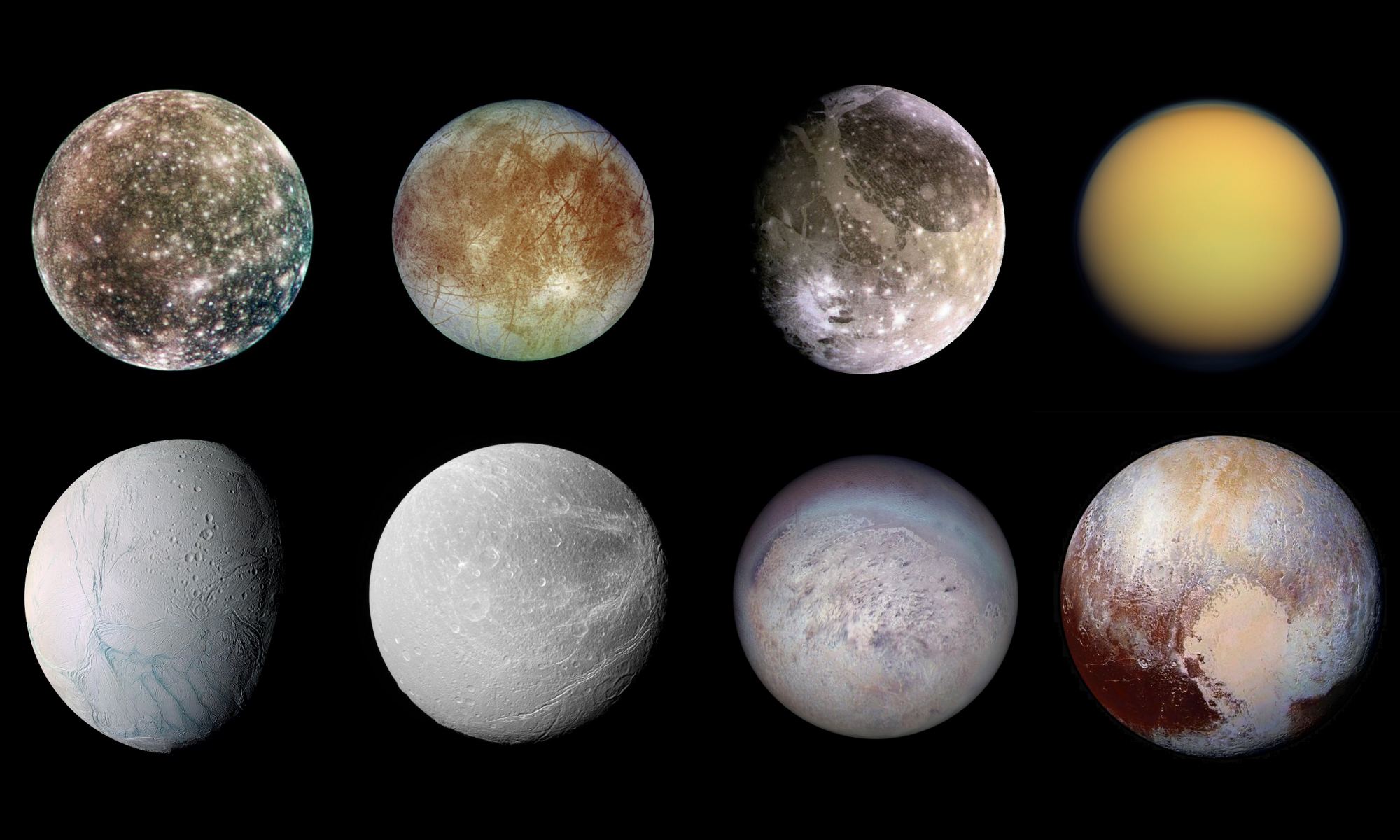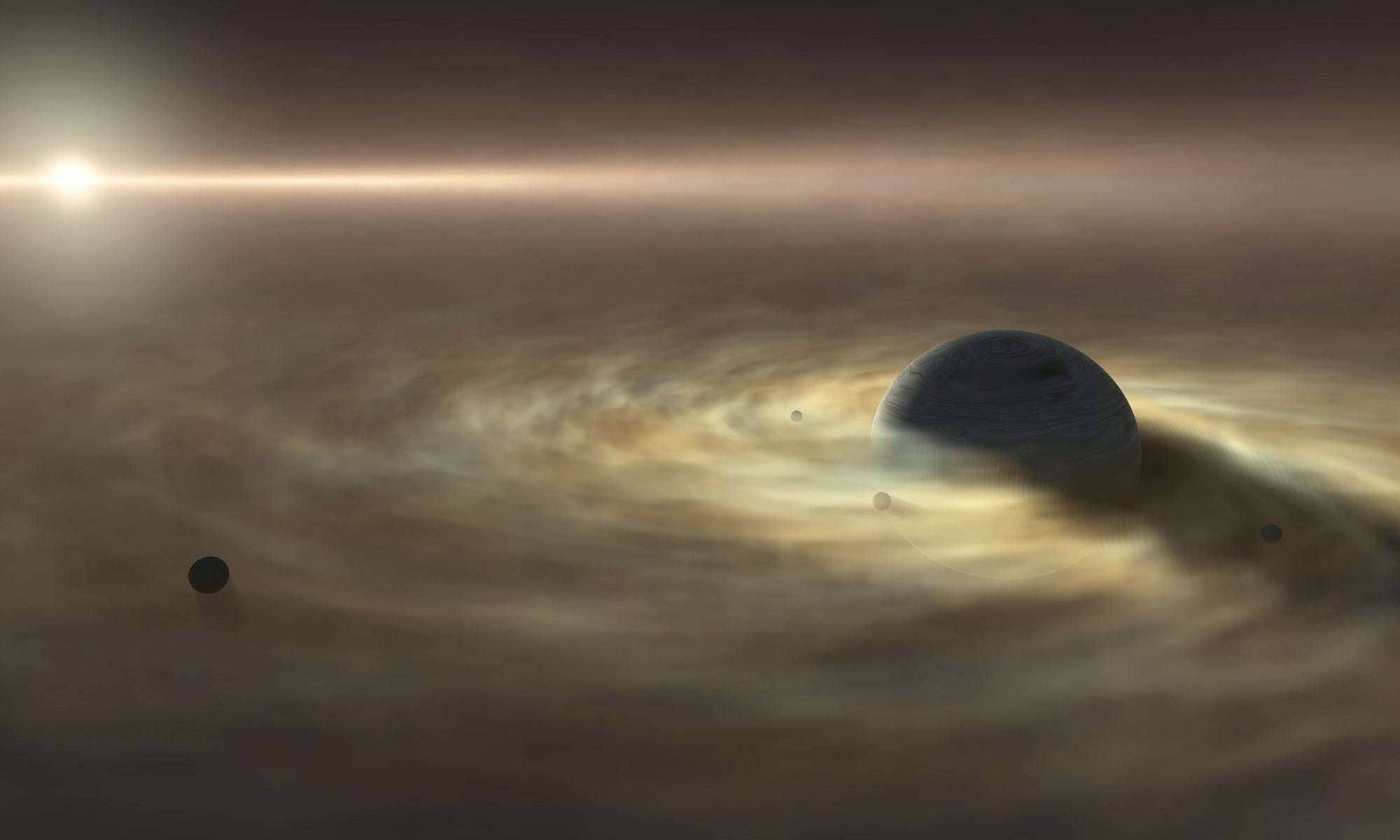Fusion power is the technology that is thirty years away, and always will be – according to skeptics at least. Despite its difficult transition into a reliable power source, the nuclear reactions that power the sun have a wide variety of uses in other fields. The most obvious is in weapons, where hydrogen bombs are to this day the most powerful weapons we have ever produced. But there’s another use case that is much less destructive and could prove much more interesting – space drives.
Continue reading “Impatient? A Spacecraft Could Get to Titan in Only 2 Years Using a Direct Fusion Drive”Lakes On Titan Will Have Layers, Like Lakes On Earth, But for a Completely Different Reason
Lakes on Earth are a common sight in many locales. They’re central to the recreation and livelihood of millions of people. Few of those people think of the hydrodynamics that happen in a lake system. It is common for lakes to stratify into different layers. On Earth that stratification is the result of the sun heating the upper layer of water, which then becomes less dense and floats on top of the colder, more dense layer beneath it. Now, scientists from the Planetary Science Institute (PSI) have found similar dynamic cycles in a different kind of lake – the ethane and methane lakes on Titan.
Continue reading “Lakes On Titan Will Have Layers, Like Lakes On Earth, But for a Completely Different Reason”Sunrises Across the Solar System
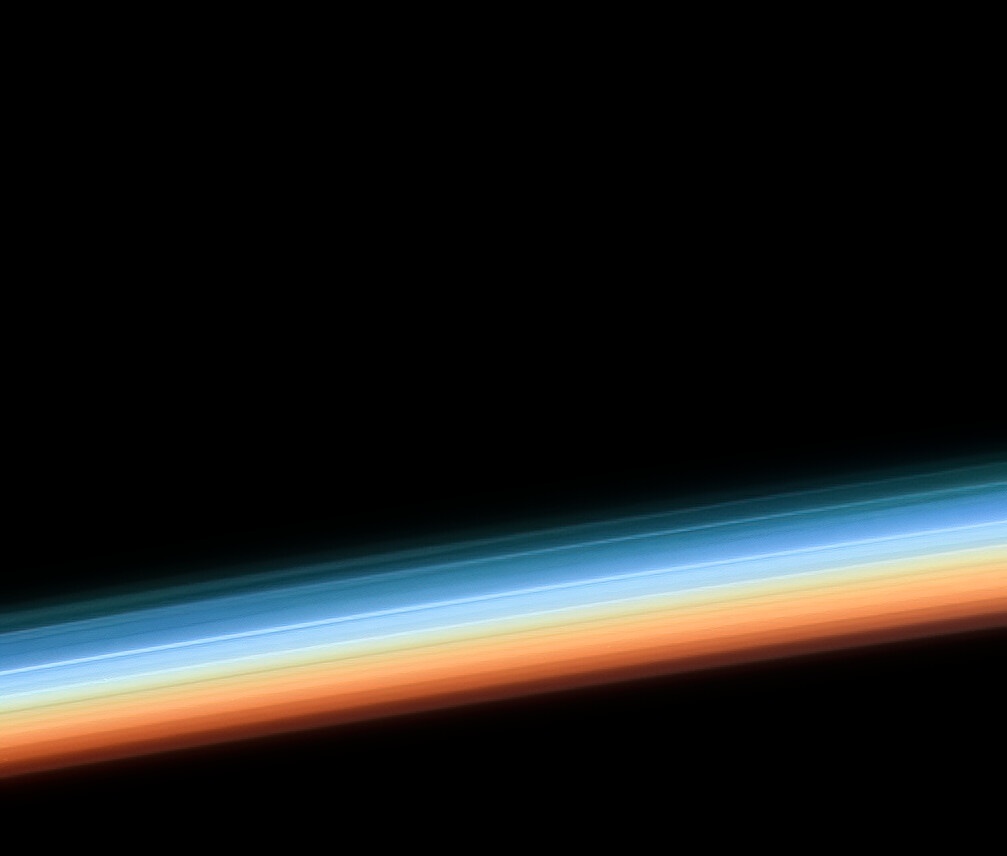
Scientists have learned a lot about the atmospheres on various worlds in our Solar System simply from planetary sunrises or sunsets. Sunlight streaming through the haze of an atmosphere can be separated into its component colors to create spectra, just as prisms do with sunlight. From the spectra, astronomers can interpret the measurements of light to reveal the chemical makeup of an atmosphere.
Continue reading “Sunrises Across the Solar System”Can you tell the difference between California, Venus, Titan and Mars? Hint: California is the one with buildings.
Californians woke up to an alien-looking sky this morning, Wednesday, September 9, 2020.
Continue reading “Can you tell the difference between California, Venus, Titan and Mars? Hint: California is the one with buildings.”A Simulation of Sunsets on Other Worlds: From Venus to Titan
When we think of exploring other planets and celestial bodies, we tend to focus on the big questions. How would astronauts live there when they’re not working? What kind of strategies and technology would be needed for people to be there long term? How might the gravity, environment, and radiation effect humans who choose to make places like the Moon, Mars, and other bodies place their home? We tend to overlook the simple stuff…
For example, what will it be like to look up at the sky? How will Earth, the stars, and any moon in orbit appear? And how will it look to watch the sun go down? These are things we take for granted here on Earth and don’t really ponder much. But thanks to NASA, we now have a tool that simulates what sunsets would look like from other bodies in the Solar System – from the hellish surface of Venus to the dense atmosphere of Uranus.
Continue reading “A Simulation of Sunsets on Other Worlds: From Venus to Titan”There are Features on Titan That Really Look Like Volcanic Craters
On Sept. 15th, 2017, NASA’s Cassini Orbiter concluded its mission by diving into Saturn’s atmosphere. Over the course of the 13 years it spent studying the Saturn system, it revealed a great deal about this gas giant and its largest moon, Titan. In the coming years, scientists are eager to send another mission to Titan to follow up on Cassini and get a better look at its surface features, methane lakes, and other curious properties.
These include the morphological features in the northern polar region that are strikingly similar to volcanic features here on Earth. According to a recent study by the Planetary Science Institute (PSI), these features could be evidence of cryovolcanism that continues to this day. These findings are the latest evidence that Titan has an interior ocean and internal heating mechanisms, which could also mean the planet harbors life in his interior.
Continue reading “There are Features on Titan That Really Look Like Volcanic Craters”Planets With Large Oceans are Probably Common in the Milky Way
Within our Solar Systems, there are several moons where astronomers believe life could be found. This includes Ceres, Callisto, Europa, Ganymede, Enceladus, Titan, and maybe Dione, Mimas, Triton, and the dwarf planet Pluto. These “ocean worlds” are believed to have abundant liquid water in their interiors, as well as organic molecules and tidal heating – the basic ingredients for life.
Which raises the all-important question: are similar moons to be found in other star systems? This is the question NASA planetary scientist Dr. Lynnae C. Quick and her team from NASA’s Goddard Space Flight Center sought to address. In a recent study, Quick and her colleagues examined a sample of exoplanet systems and found that ocean worlds are likely to be very common in our galaxy.
Continue reading “Planets With Large Oceans are Probably Common in the Milky Way”Titan is Drifting Away from Saturn Surprisingly Quickly
Where did Saturn’s bizarro-moon Titan form? Did it form where it is now, or has it migrated? We have decades of data to look back on, so scientists should have some idea.
A new study based on all that data says that Titan is drifting away from Saturn more quickly than thought, and that has implications for where the moon initially formed.
Continue reading “Titan is Drifting Away from Saturn Surprisingly Quickly”There Might Be Dust Devils On Titan Too
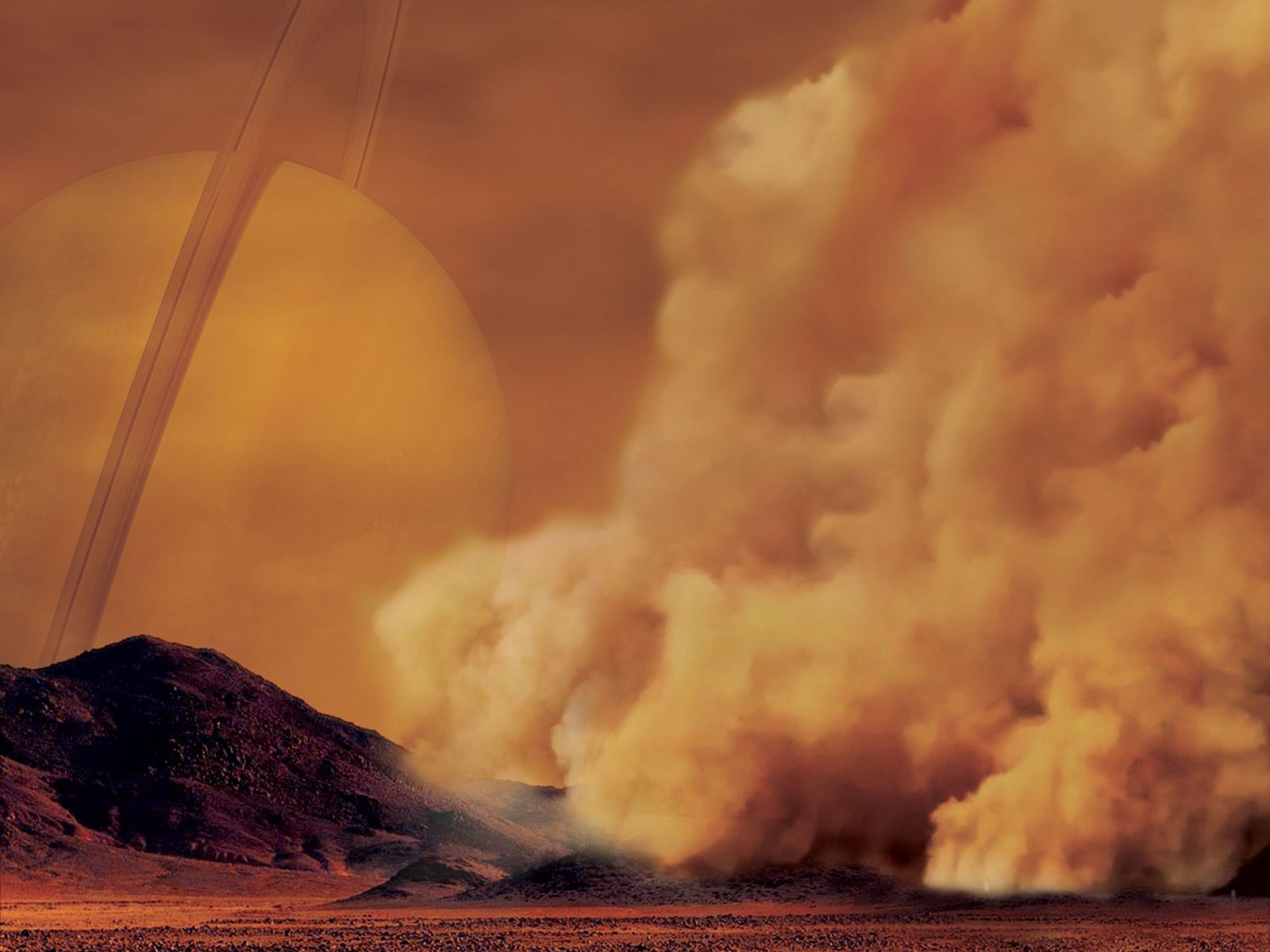
Saturn’s moon Titan is alone among the Solar System’s moons. It’s the only one with any atmosphere to speak of. Other moons may have thin, largely insignificant atmospheres, like Ganymede with its potential oxygen atmosphere. But Titan’s atmosphere is dense, and rich in nitrogen.
A new study shows that Titan’s atmosphere and winds might produce dust devils similar to Earth’s.
Continue reading “There Might Be Dust Devils On Titan Too”Gas and Dust Stop Planets From Eating Their Moons
Beyond Earth’s only satellite (the Moon), the Solar System is packed full of moons. In fact, Jupiter alone has 79 known natural satellites while Saturn has the most know moons of any astronomical body – a robust 82. For the longest time, astronomers have theorized that moons form from circumplanetary disks around a parent planet and that the moons and planet form alongside each other.
However, scientists have conducted multiple numerical simulations that have shown this theory to be flawed. What’s more, the results of these simulations are inconsistent with what we see throughout the Solar System. Thankfully, a team of Japanese researchers recently conducted a series of simulations that yielded a better model of how disks of gas and dust can form the kinds of moon systems that we see today.
Continue reading “Gas and Dust Stop Planets From Eating Their Moons”


